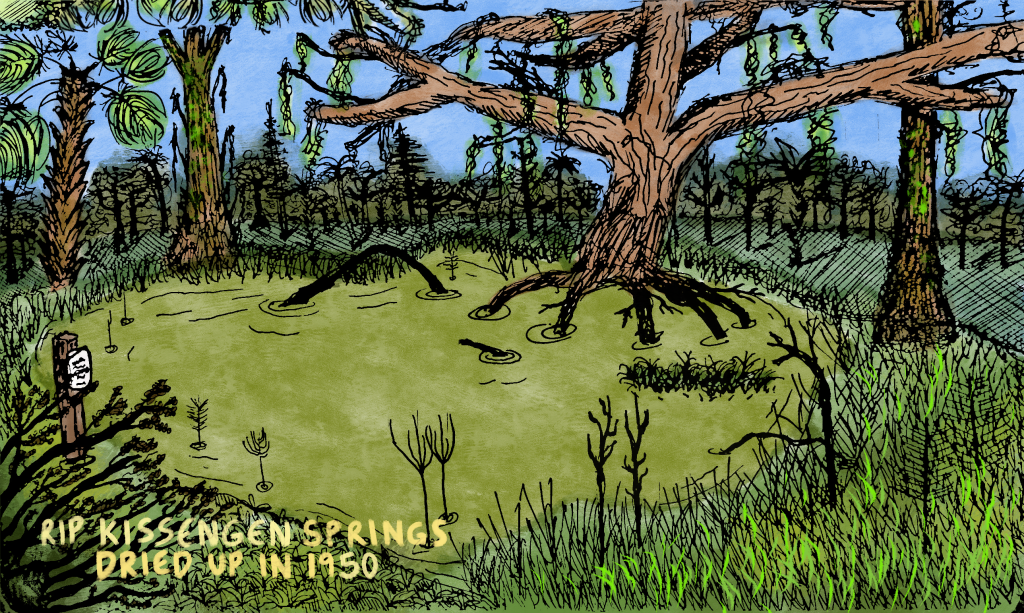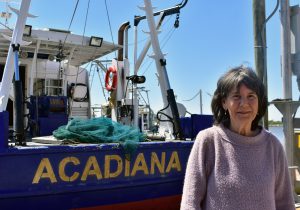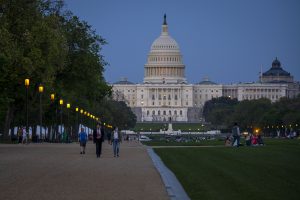
Part III: Water & Land
From the moonscape phosphate mines of Florida’s Bone Valley to the Gulf of Mexico “dead zone” that threatens one of the nation’s most productive fisheries, the fertilizer industry has profoundly changed water and landscapes in the American southeast.

Beneath the Surface
Florida’s old phosphate mines have been turned into housing developments, parks, bass lakes, golf courses and restored wetlands and other wildlife habitats. But does “reclaiming” live up to the claims?
The Gulf dead zone and a legacy of science
Every year, the oxygen-depleted “dead zone” materializes as a large area of nearly uninhabitable waters in the Gulf of Mexico. Oceanographer Nancy Rabalais has spent four decades exposing the crisis and its cause – nutrients flowing from farms and other sources down the Mississippi River. As she retires, will we listen?


Your money and the climate are up for debate in this year’s farm bill
The Farm Bill, up for renewal this fall, dictates how millions of dollars are divided among all things food: farms, family food aid and fertilizer. Conservationists and agriculture advocates hope to use this year’s bill to move the needle on fertilizer’s contribution to climate change. But gridlock may stop it in its tracks.
Explore Part IV: Profit »
These stories are part of The Price of Plenty, a special project investigating fertilizer from the University of Florida College of Journalism and Communications and the University of Missouri School of Journalism, supported by the Pulitzer Center’s nationwide Connected Coastlines reporting initiative.
 The Price of Plenty
The Price of Plenty